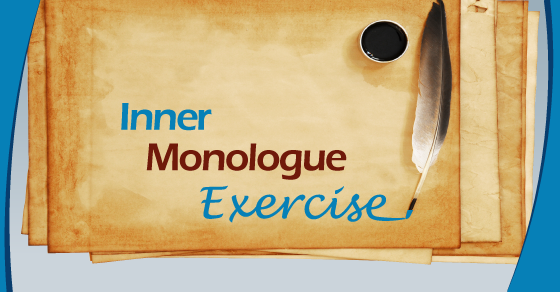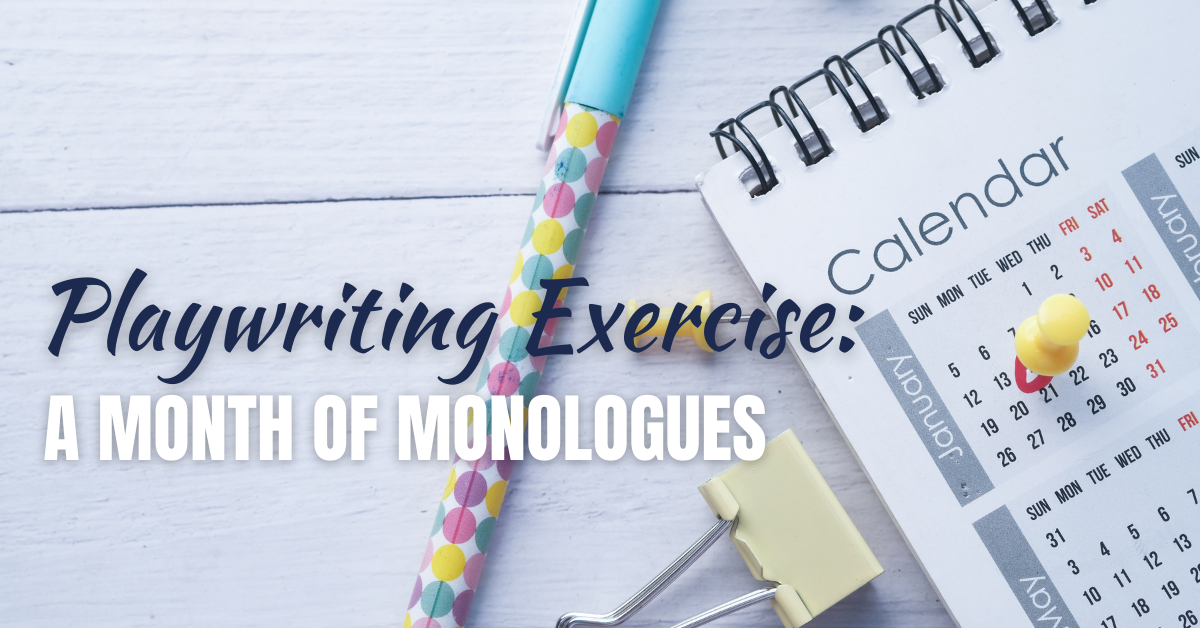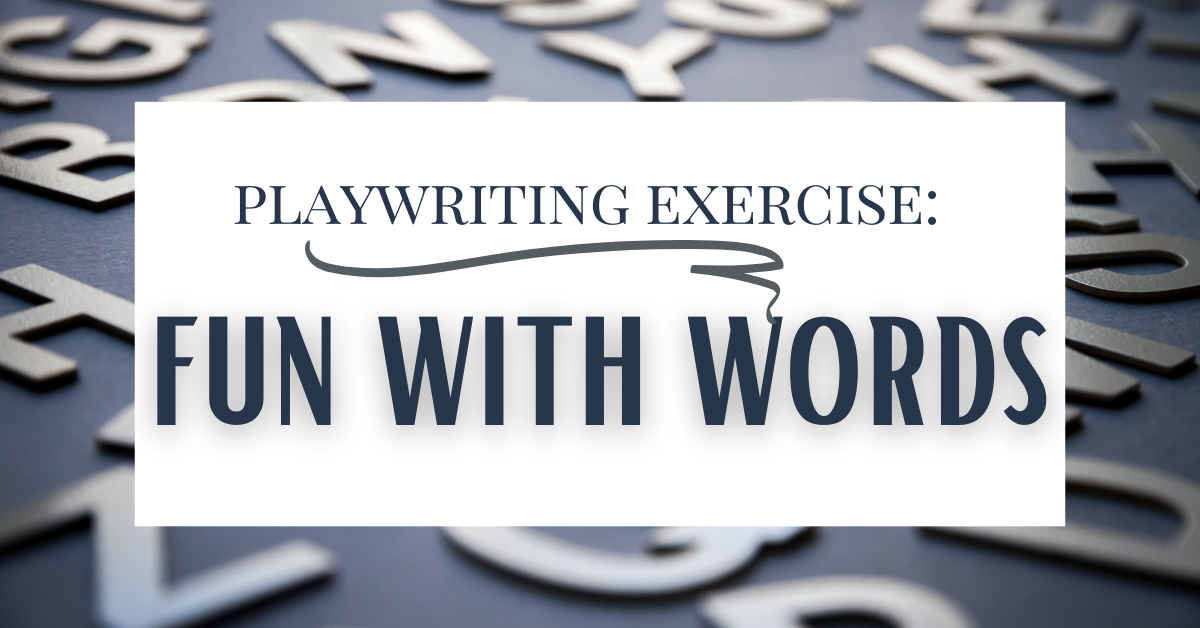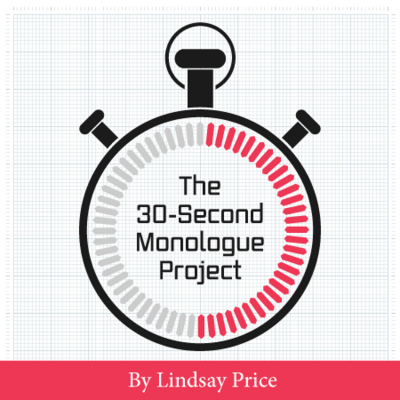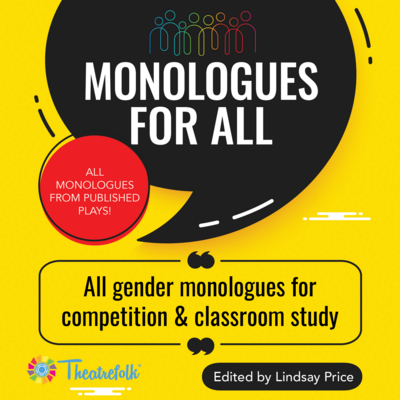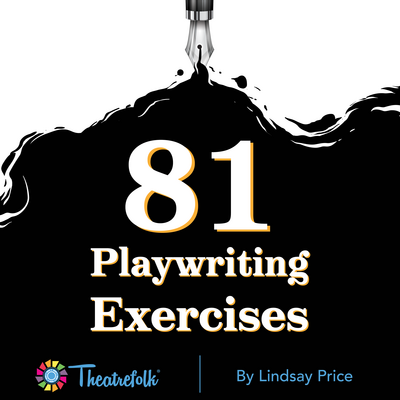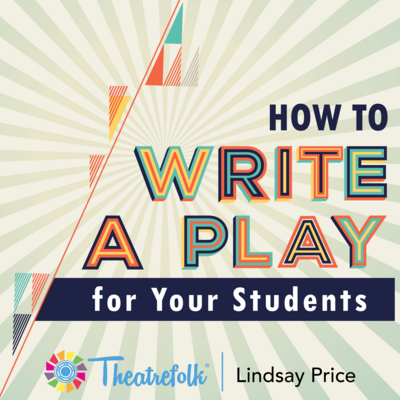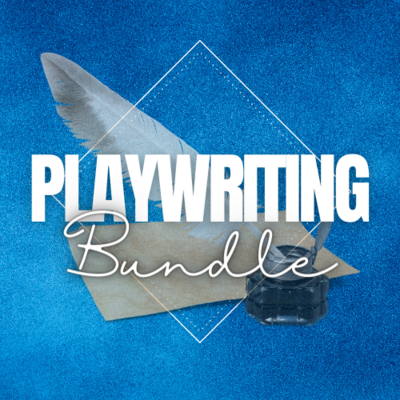Playwriting Exercise: Inner Monologue
I think the best exercise for a playwright is observation. If you get into the habit of observation – specifically looking at people, places, and things, you ‘ll never run out of material to write about. This is a oldie but a goodie exercise because it takes observation to the next level through theatrical application. Observe an individual, create a few character details, write a monologue.
Exercise:
1. Go to a public place. Mall, cafeteria food court, library. A place where you can easily observe others.
2. Pick an individual who is doing a mundane activity. Folding clothes in a store, eating, reading, trying on shoes.
3. Come up with a few character details for this person.
- Name, Age
- Family Situation
- Where do they live? How do they live?
- Significant relationship
4. Write the inner monologue of this person. What are they really thinking about? Focus on inner thoughts that counter their outer persona. If they are calmly doing something on the outside, focus on an opposing emotion for their inner thoughts.
Related Articles
The 30-Second Monologue Project
by Lindsay Price
Give students the confidence, skills and tools they need to master the monologue with The 30-Second Monologue Project. This four-lesson unit guides students from the first moment to a successful performance.
Monologues for All
by Lindsay Price
Many monologue books have monologues with only male- or female-identified characters. This resource allows students to infer the identity of the character.
81 Playwriting Exercises
by Lindsay Price
81 exercises that can be used to get students in the habit of writing on a regular basis.
How to Write a Play for your Students
by Lindsay Price
You’ve chosen to write a play for your students! Where do you start?
Resource Bundle - Playwriting
Use these 4 Playwriting drama teaching resources to make playwriting possible with your students. Great for warm-ups, prompts, writer's block and more!
